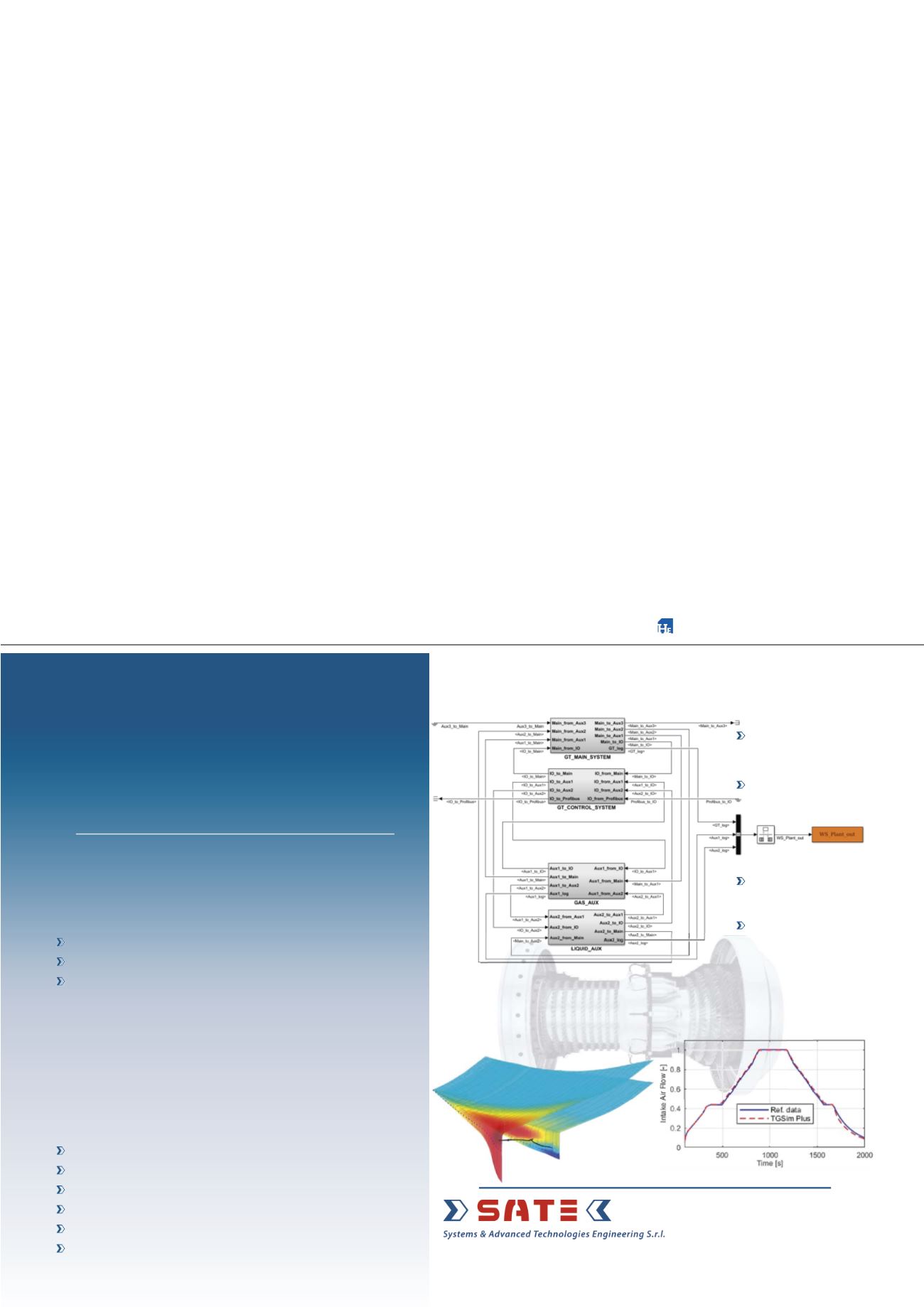
conducting process safety culture surveys. These surveys are like
typical employee feedback surveys, where the employee
answers a set of questions regarding their perception of the
company’s response to process safety issues. The response data
is then analysed. The value lies in the interpretation of these
results, and it may be the case that the actual results are not as
they may initially seem.
As an example, take a company that considers itself to have
a reasonably good maturity with regards to process safety
culture that finds that the overall result of their survey is not as
positive as they expected. In response to this, the leadership
teammay commission more awareness and behaviour training
sessions and push to be more responsive with their visual
process safety leadership. And to confirm to themselves that
they have taken the right approach, they might run the survey
again to see how the scores have been positively impacted, only
to see that the scores have actually decreased from the initial
starting point. So what is going on in this example? It can be the
case that the more you educate the workforce on safety issues,
the more aware of hazards they become. As such, the workforce
may drive an organisation to do more to protect them. A
workforce that is less educated may not see hazards and thus
have a more positive perception. Hence, determining an
organisation’s level of process safety maturity can be a
challenge.
It is also important to recognise that having a
knowledgeable workforce that is aware of hazards and has a
strong behavioural based mindset can lead to a condition called
‘chronic unease’. In such a scenario, the workforce may
constantly concern themselves with what can go wrong. A good
practical example of this is to ask an operations manager what is
keeping them awake at night and judging the response.
There are other measures as to a company’s safety culture
maturity. An example is how a company responds to incidents.
Incidents happen, and all companies have them, even good
companies. What differentiates excellent companies is how
they recover and learn from the incident and share the findings
with the industry as a whole. It is important for companies not
to shy away from incidents, as there is a wealth of knowledge to
learn from the investigations. Some of the best learnings
available are from near misses, in which a high potential incident
was narrowly avoided. The outcomes from this type of
investigation are referred to as ‘free learning’. That is, the
company did not have to learn this lesson the hard way, but
these findings should be shared and acted upon without delay
to prevent an incident occurring during the same set of
conditions or somewhere else in the organisation. The best
practice step is to share this knowledge with a wider network to
prevent an industry loss.
Conclusion
The observations and issues discussed in this article are all
mitigated with zero capital cost. Yes, training, behavioural
awareness, and revising documentation to improve human
factors has a cost. But this is not a large capital investment.
Improvements in culture can be implemented by a change in
behaviour by the most influential people in an organisation.
There will be a small number of people who will want to resist
change, but for the most part, employees will want to support
or even champion the journey.
TGSim Plus
TM
A REAL-TIME DYNAMIC SIMULATOR
OF GAS TURBINES
Verify and validate the real GT Control System (GTCS)
Hardware-in-the-Loop (HIL) full system testing
Whole system performance analysis:
Accurate performance envelope
Start-up sequences
Normal and emergency shutdowns
Load rejection
Investigation of fault events
DESIGN AND ANALYSIS
OF GT MAIN SYSTEM AND AUXILIARIES
GT CONTROL SYSTEM VERIFICATION & VALIDATION BY
HIL TESTING
Modelling & Diagnostic software
for process plants and machines
Simulation services
Consulting
TECHNICAL DETAILS
SCENARIOS
GT MODEL ARCHITECTURE
www.sate-italy.comVenice - Italy
0-D modelling
GT component modules libraries
Real-time compatibility at millisecond scale
User friendly GUI & pre-/post-processing tools
Split stages or whole compressor maps management
Single or bi-fuel combustion chambers
START-UP & SHUTDOWN
GVA 1
GVA 2
GT MAIN SYSTEM
GT CONTROL SYSTEM
GAS AUXILIARIES
LIQUID AUXILIARIES








